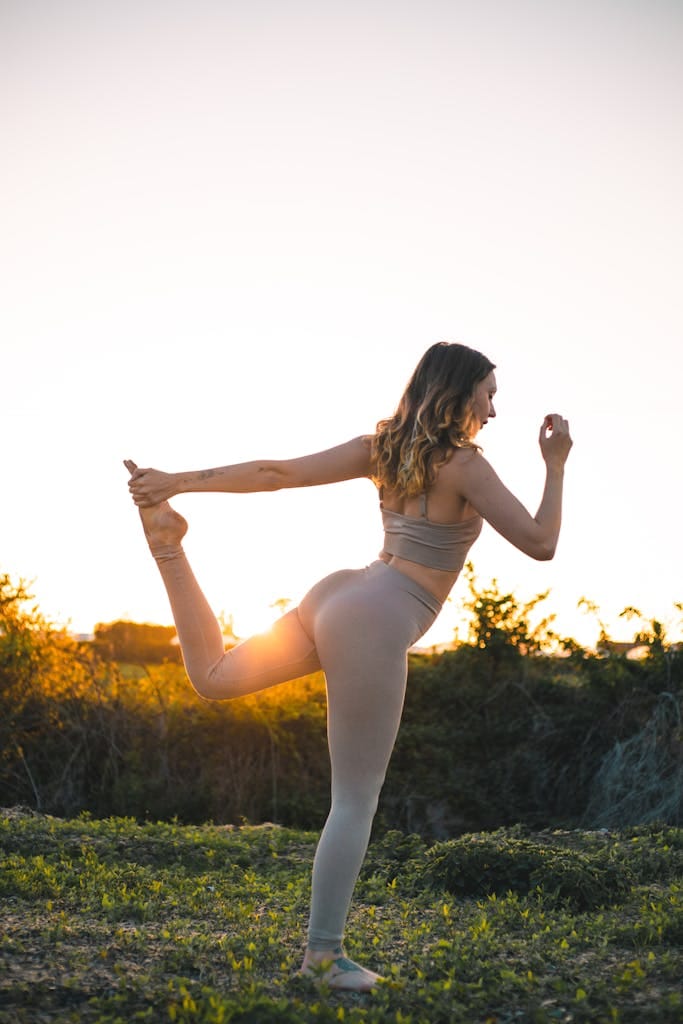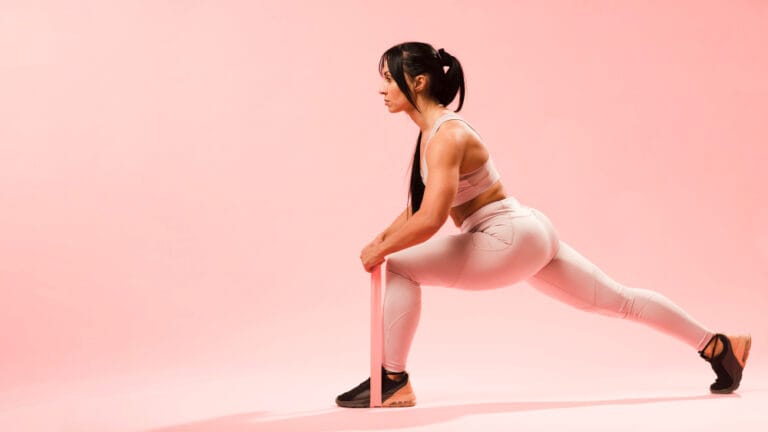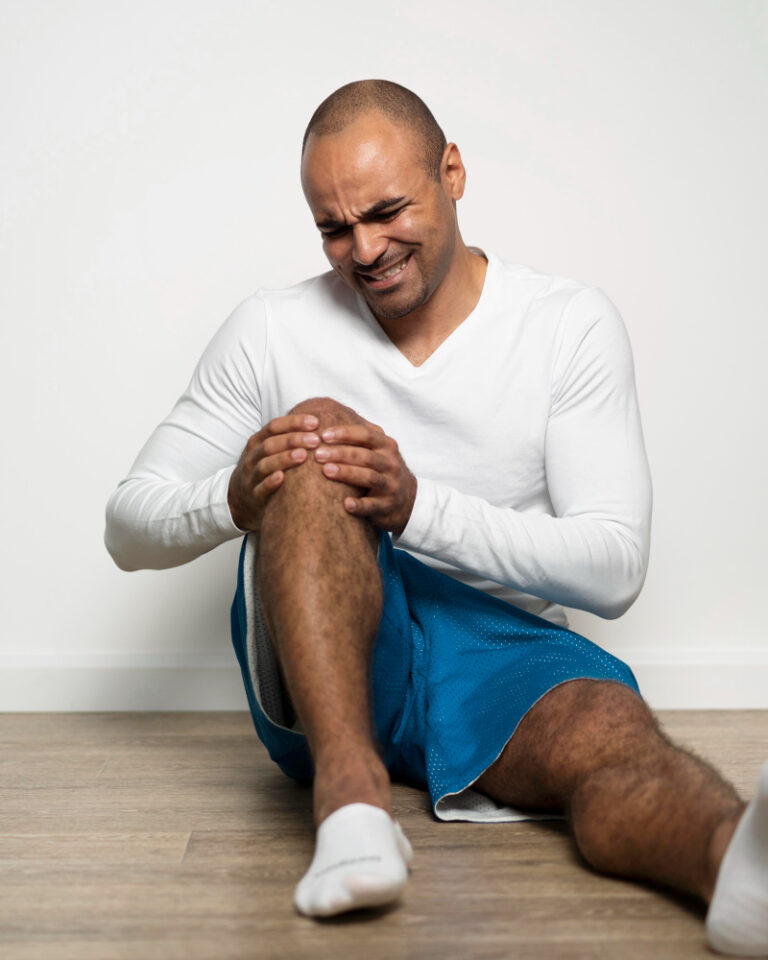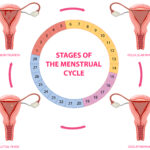FREE SHIPPING OVER $50
Think Your Balance Is Fine? Try This Test—You Might Be Surprised
Balance is something we often take for granted—until we start losing it. Whether you’re an athlete, a fitness enthusiast, or just someone who wants to stay active and injury-free, balance is a key component of overall physical health.
So, how good is your balance, really? You might think you’re steady on your feet, but this simple test could reveal weaknesses you never knew you had. Plus, we’ll cover why balance matters, how to improve it, and what exercises can help you stay strong and stable.
Why Balance Is More Important Than You Think

Balance isn’t just about standing on one foot. It’s a complex interaction between your muscles, nervous system, and inner ear that affects everything from walking and running to lifting weights and avoiding falls. Good balance means:
- Better coordination and movement efficiency
- Reduced risk of injury (especially from falls)
- Improved posture and core strength
- Enhanced sports performance
- Increased stability as you age
Now, let’s put your balance to the test.
The Balance Test: Can You Pass It?
This test is known as the Single-Leg Balance Test, and it’s used by trainers, physical therapists, and researchers to assess balance and stability. Here’s how to do it:
Step-by-Step Instructions:
- Stand near a wall or sturdy object (for safety, in case you lose balance).
- Lift one foot off the ground and hold the position.
- Keep your hands on your hips and your standing knee slightly bent.
- Time yourself and see how long you can maintain the stance before your lifted foot touches the ground.
How Did You Score?
Compare your time to these general benchmarks:
- Excellent: 30+ seconds on each leg
- Good: 20-30 seconds
- Average: 10-20 seconds
- Needs Improvement: Less than 10 seconds
Want to make it harder? Try closing your eyes while balancing—if you can hold steady for 10+ seconds with your eyes closed, your balance is solid.
Why Do Some People Struggle With Balance?
If you had trouble with the test, don’t worry—you’re not alone. Many people experience balance issues due to:
- Weak core muscles – The core plays a vital role in keeping you stable.
- Poor ankle strength and mobility – Weak ankles make balancing harder.
- Lack of coordination – Your brain and muscles need to work together efficiently.
- Aging – As we get older, balance naturally declines if we don’t train it.
- Sedentary lifestyle – Sitting too much can weaken stabilizing muscles.
The good news? Balance can be improved with the right exercises and training.
How to Improve Your Balance
If you didn’t ace the test, it’s time to work on your stability. Here are the best exercises to help:
1. Single-Leg Stands
- Stand on one foot for 30-60 seconds per leg.
- Increase difficulty by closing your eyes or standing on a soft surface.
2. Heel-to-Toe Walk (Tandem Walking)
- Walk in a straight line, placing one foot directly in front of the other.
- Keep your gaze forward and engage your core.
3. Bosu Ball or Stability Ball Work
- Doing squats, lunges, or standing exercises on an unstable surface activates stabilizer muscles.
4. Core Strengthening
- Planks, Russian twists, and dead bugs improve your ability to maintain balance.
5. Yoga & Tai Chi
- Both activities enhance flexibility, coordination, and overall stability.
How Long Does It Take to See Improvement?
With consistent balance training 3-4 times a week, most people notice improvements within 4-6 weeks. The key is progression—start with basic movements and gradually add difficulty.
Conclusion
You might not think about balance often, but it plays a crucial role in everything from daily activities to athletic performance. If you struggled with the test, don’t worry—balance is a skill that can be trained and improved.
Start incorporating balance exercises into your routine, and you’ll notice better stability, stronger posture, and even improved athletic performance. So, are you up for the challenge? Try the test, train your balance, and see just how much you can improve!
Related Articles
- Fix Your Balance in 10 Minutes—No Gym, No Equipment, No Excuses
- Think You Need Heavy Weights for a Bigger Chest? Think Again—Here’s How to Do It with Light Dumbbells
- The Only 3 Exercises You Need to Stay Fit and Injury-Free as You Age
- Sculpt Every Muscle with These 10 Dumbbell Exercises—No Gym Required
- 3 Cable Shoulder Exercises That Actually Get Results (Fast)







